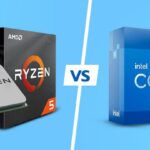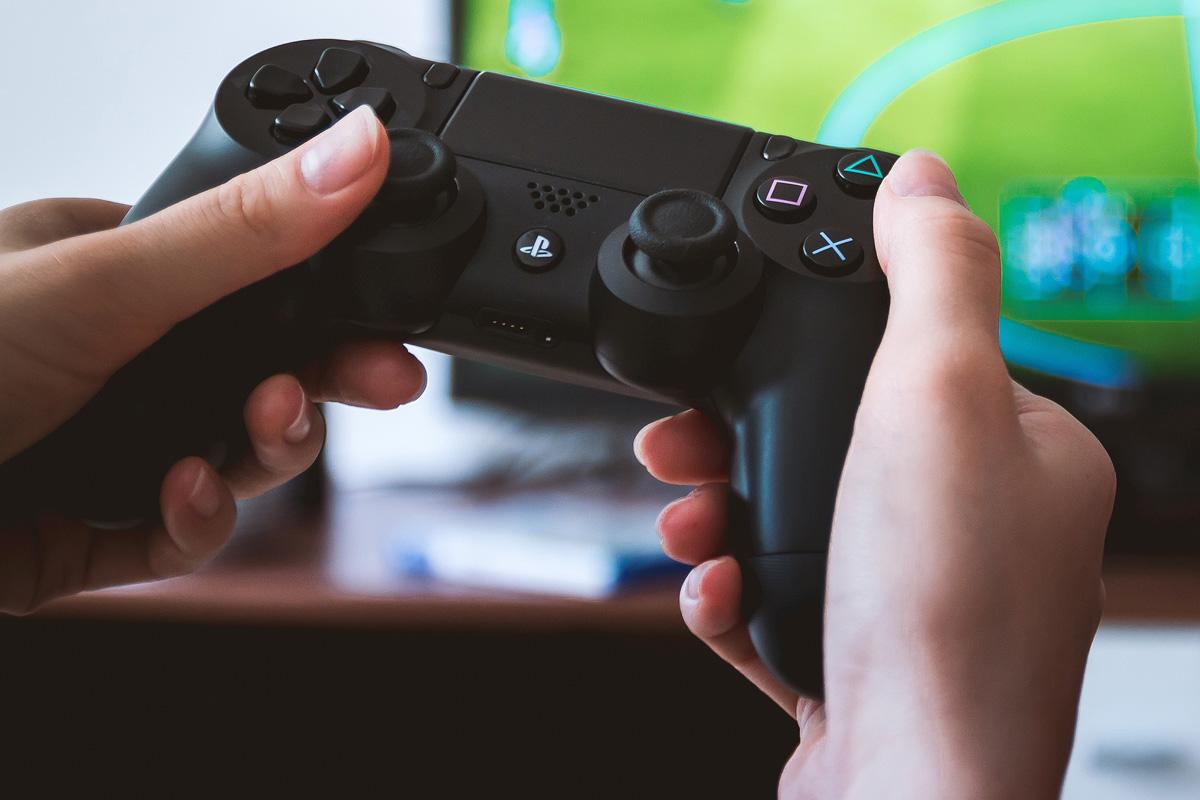Beginner graphics artists always look for opportunities to create models or scenes that could be used somewhere. Visuals for games is a great niche. However, you need to consider what kind of platforms you want to create graphics for. This article will tell you more about the graphics differences between different platforms. What styles and methods you can use to create visuals, and how outsourcing game art studios can help you during the creation process.
Differences Between PC and Mobile Games Art
There are a few things you should take into consideration while comparing visuals between a few platforms. PC system requirements allow us to place more objects and diversify locations. Surely, you can do it for iOS and Android devices. But without proper optimisation, the game most likely is going to lag. The number of freezes depends on a list of reasons. We will discuss them later in the article.
Motion blur in smartphone applications can be either decreased to minimum or deleted. It affects the FPS (frames per second) count and can negatively affect the gameplay. The same is for shadows. Shadows calculation often takes too much device’s resources. If badly optimized, even strong personal computers can struggle with shadows display, which will make the game stutter. That is why shadows quality for mobile apps often is set to minimum
Why Many Developers Pick 2D Visuals
You can see that 3D image is often demanding towards the system requirements. Developers would spend many hours optimizing assets, textures, and game levels for smartphones. More reasonable option is to create a 2D picture. Here are a few reasons for that:
- Less demanding for devices. 2D graphics can easily run on all the platforms. There’s often no need for advanced options adjustment.
- The number of details you can see on different platforms can remain unchanged.
- Shadows can be drawn manually. Thus, your device will not spend resources for the calculation.
You can look through the most popular mobile games on the web and see that many of them use 2D image. Others run with 3D low poly textures. And let’s see what that means.
3D Visuals for Games
If a developer decides to work in a three-dimensional workspace, the main thing that should be taken into consideration is the number of polygons in your assets. You can see that game textures have distinguishable shapes. Most often those are rectangles and triangles. These are called models with low polygons. Such a style allows devices to calculate everything faster.
Lower number of polygons positively affects the performance and does not decrease FPS count. Higher polygons will take more time to be calculated while playing, but usually PC or console games use that art style.
More Reasons to Use 2D Graphics
The difference between low poly and high poly style is not only in performance. The overall image will look better with high polygons count. It creates smooth objects and can often make items be realistic. It is hard to make the game beautiful with a low poly style. You will have to add lighting to that.
2D workspace, on the other hand, has more advantages. You can create art for different genres, like horror, adventure, puzzle, and use different styles. Moreover, if you want to port the game for other platforms, it will be easier to do than with 3D. Often you will not have to come up with additional graphics options, like low, medium, and high quality.
To Sum Up
You can create mobile art with any type of visuals you want, but you need to take performance, optimization, and quality into consideration. 3D allows you to rotate the character or levels around, while 2D is going to be a flat image. Art depends on project requirements, genre, and skills of the artist.








